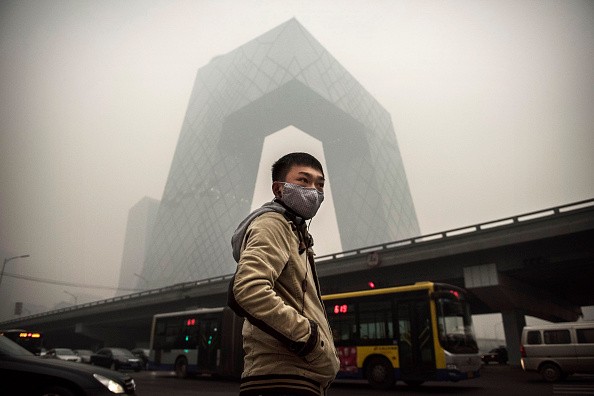Beijing may soon have a network of "ventilation corridors" to facilitate air flow and ease the city's worsening air pollution, municipal authorities told Xinhua on Saturday.
The network will consist of five major corridors 500 meters wide and several secondary corridors over 80 meters wide, said Wang Fei, deputy head of Beijing's urban planning committee.
The corridors will be created by connecting parks, rivers, lakes, highways and low-rise buildings, and construction within the zones will be controlled to ensure that there are no obstacles to air flow, he added.
Among the proposed main routes is a channel stretching from Taiping Suburban Park north of the city, cutting through Olympic Park and the Temple of Heaven, and on to the Beijing-Shanghai Highway in the south.
"Ventilation corridors can improve wind flow through a city so that wind can blow away heat and pollutants, relieving urban heat island effect and air pollution," Wang said.
Similar systems have already been established in other Chinese cities, including Shanghai and Fuzhou in China's southeast.
Air pollution has become a major problem for Beijing's residents as the city saw heavy smog in Nov. and Dec. 2015, partly due to an increase in coal burning for winter heating. It has now become common for residents to routinely check air quality, wear masks, and have air purifiers in their homes.
In an effort to improve the situation, the government shut down several coal-fired power plants in Beijing and closed or limited output at more than 2,000 polluting factories in Dec. 2015. The city also introduced a "red alert" mechanism for smog in the past year.
According to data from the Ministry of Environmental Protection (MEP), air quality around Beijing improved only marginally in 2015. The city recorded 186 days of air quality "up to par" in 2015, which was only 14 more in 2014.
In Beijing, the annual average density of PM 2.5, whose particulates cause smog, stood at 80.6 micrograms per cubic meter, a year-on-year decrease of 6.2 percent, the MEP said.



























